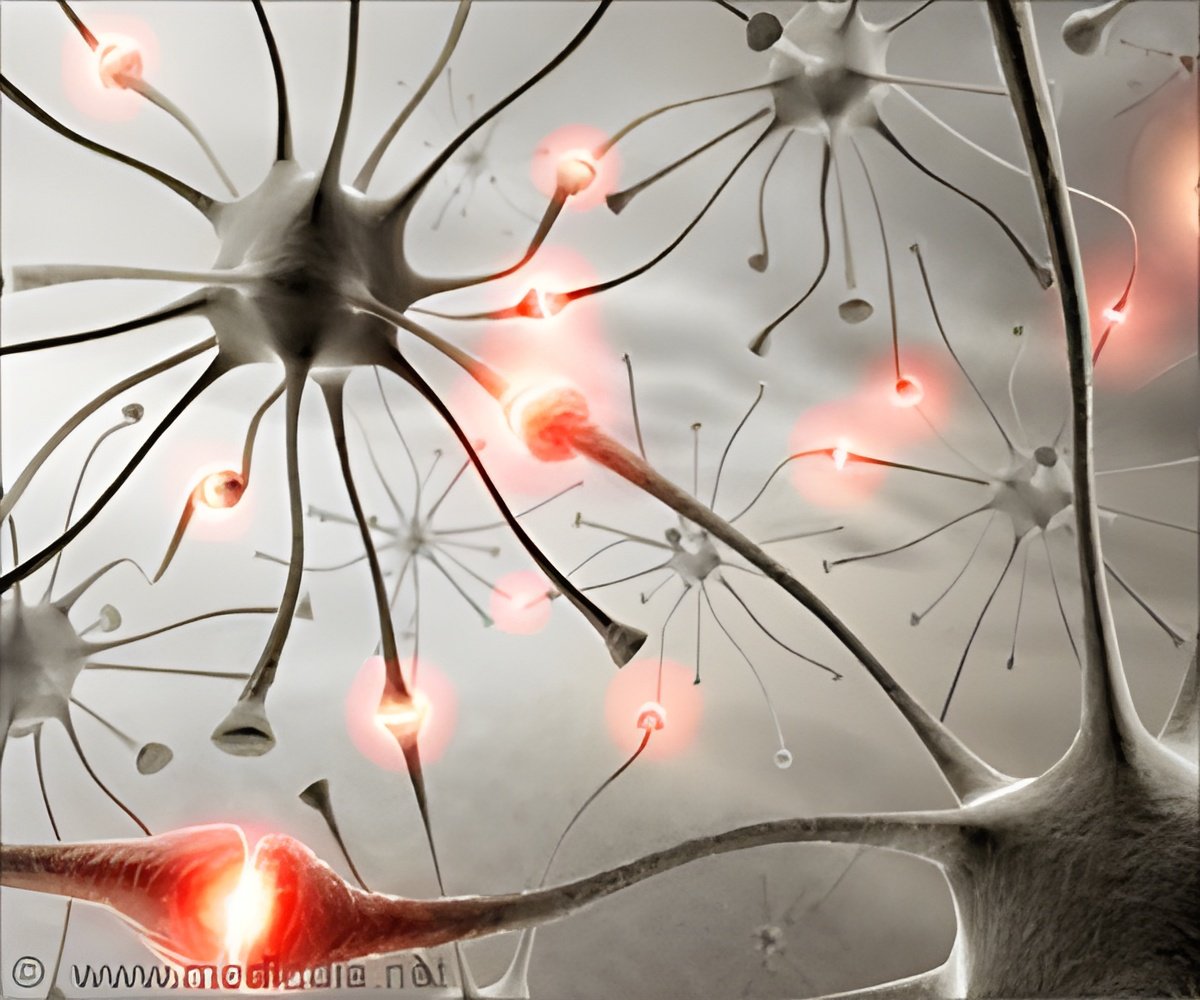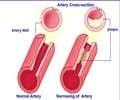The discovery of a phosphorylation event can occur even outside of the cell and offers new avenue for targeting chronic and pathological pain.

‘Drug development is now made easy for scientists, as the protein modification that initiates nerve sensitivity to pain occurs outside of the cell.’





Researchers at Thomas Jefferson University found that phosphorylation can occur outside of the neuron, which impacts protein function, localization and the sensation of pain. The research, published in PLOS Biology, offers a potential new target for developing an alternative to existing pain medication."Although we have yet to discover the exact mechanism that causes this modification," says senior and corresponding author Matthew Dalva, Ph.D., Professor and Vice Chair in the Department of Neuroscience in The Vickie and Jack Farber Institute for Neuroscience at the Sidney Kimmel Medical College, Thomas Jefferson University, "This finding offers both a target for developing new treatments and a strong new tool for studying synapses in general."
Unlike pain caused by inflammation or impact, pathologic pain often comes from neuronal dysfunction, such that pain is felt even when there is no underlying cause or continues after the initiating event is long past, such as migraines or chronic pain.
Researchers have shown that the NMDA receptor on neurons plays a central role in pathologic pain, but it's also important in many other neurological processes such as memory and learning, making it a poor target for direct drug inhibition.
In an elegant series of studies, Dr. Dalva and colleagues from New York University and the University of Texas at Dallas, showed that in response to pain, a second receptor, the ephrin B receptor, is phosphorylated outside of the neuron. This extracellular protein modification allows the ephrin B receptor, EphB2, to glom onto the NMDA receptor. This interaction then moves the NMDA receptors into the synaptic space, and modifies NMDA receptor function, resulting in increased pain sensitivity.
Advertisement
"Because the protein modification that initiates nerve sensitivity to pain occurs outside of the cell, it offers us an easier target for drug development," says Dr. Dalva. "This is a promising advance in the field of pain management."
Advertisement
Source-Eurekalert












